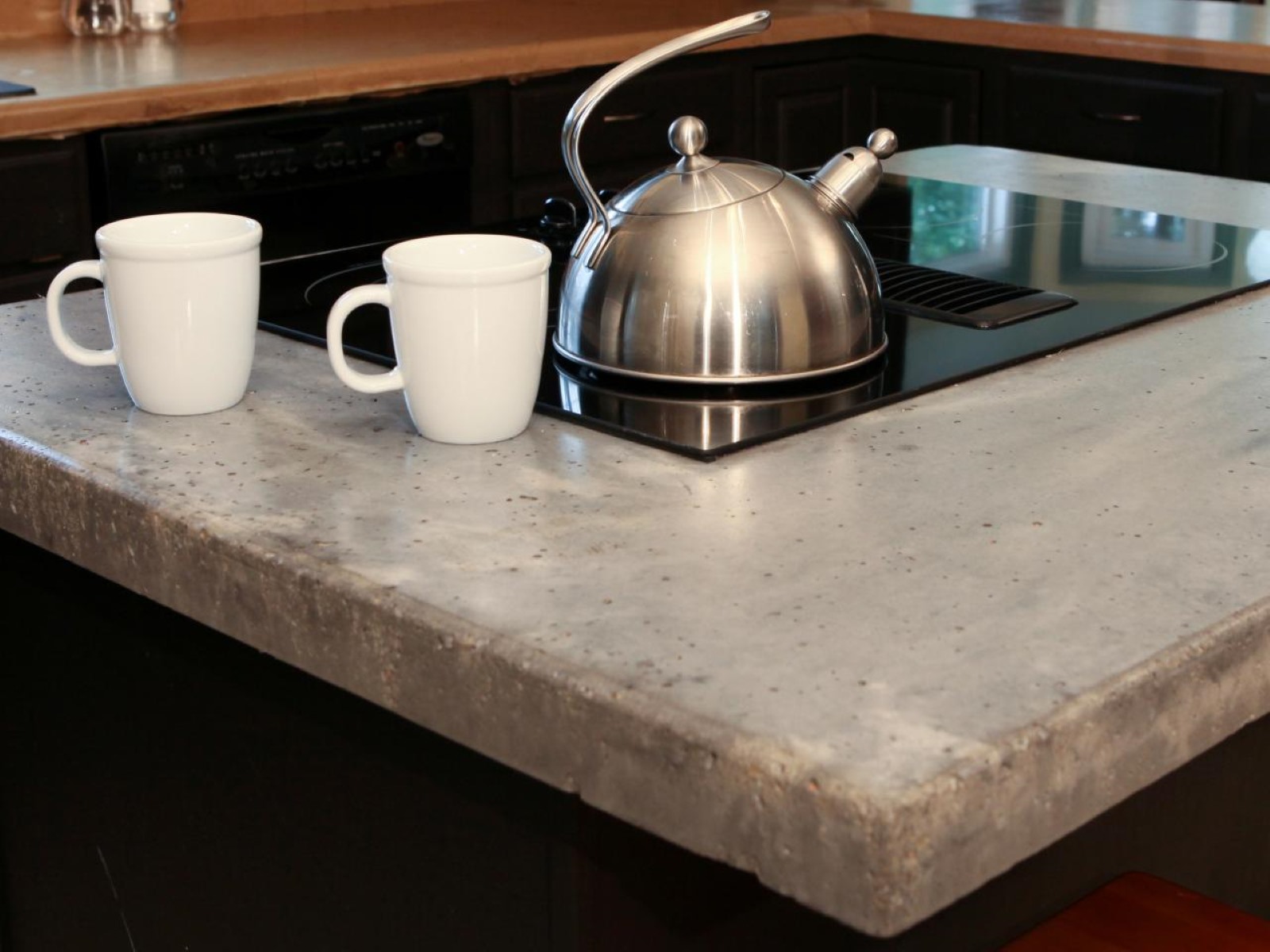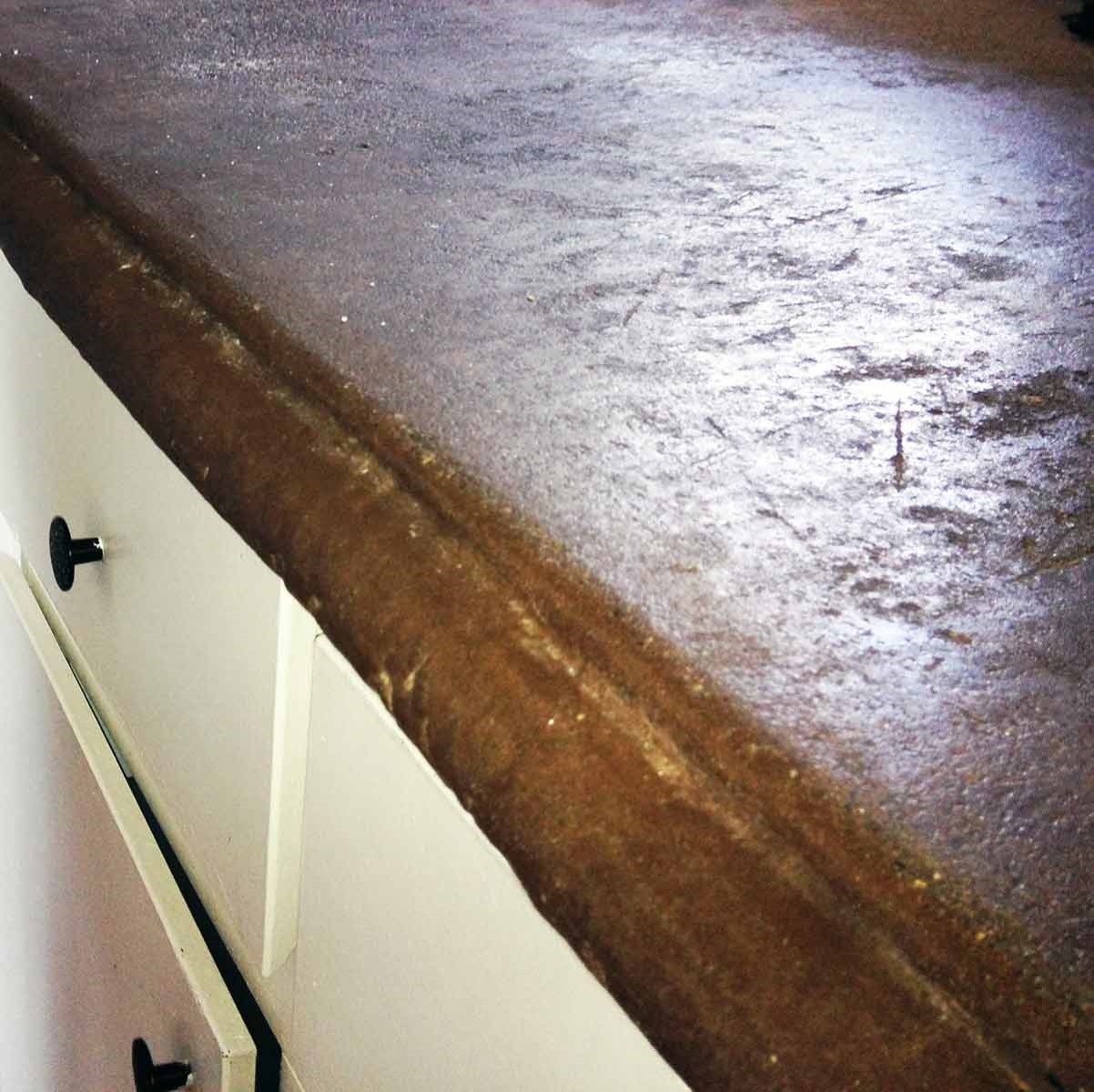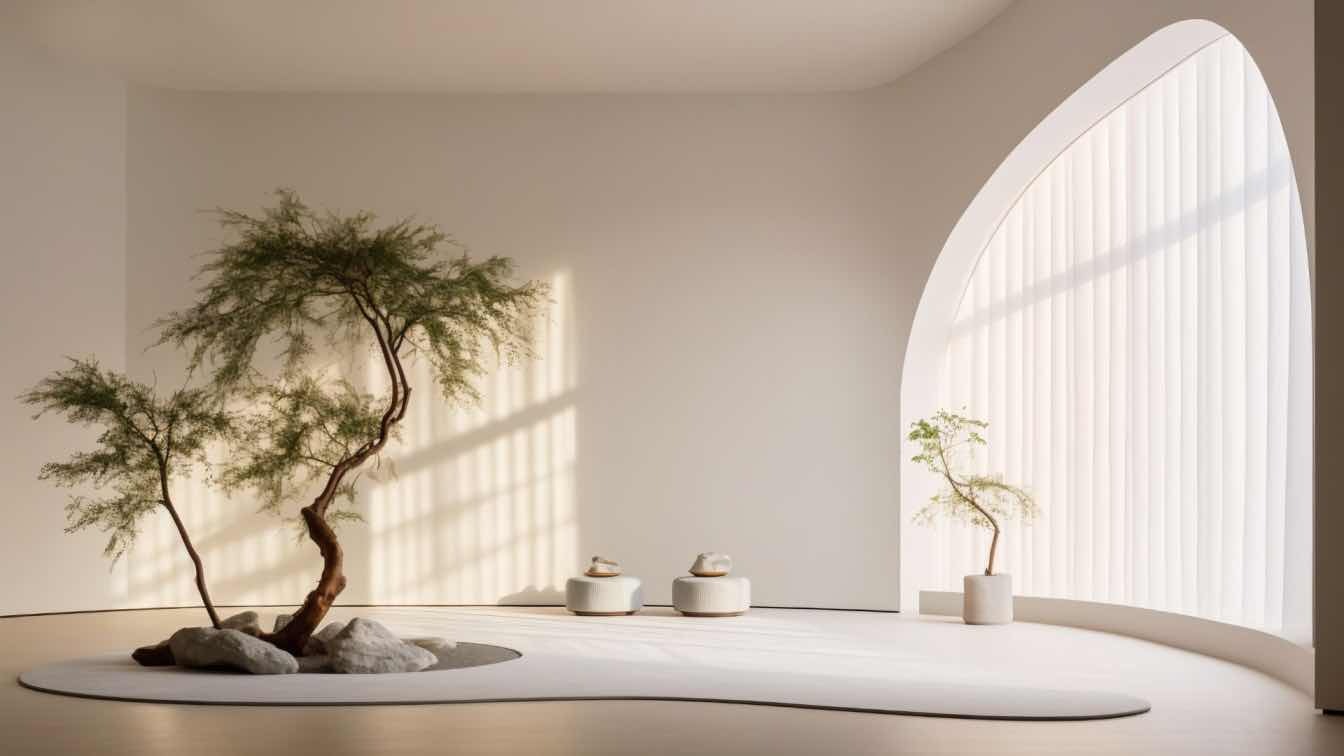Home>Ideas and Tips>The Alchemy Of Concrete Countertop Creation


Ideas and Tips
The Alchemy Of Concrete Countertop Creation
Modified: October 27, 2024
Discover the art of concrete countertop creation with our comprehensive guide. Learn the history, process, and expert tips for stunning results.
(Many of the links in this article redirect to a specific reviewed product. Your purchase of these products through affiliate links helps to generate commission for Storables.com, at no extra cost. Learn more)
Creating a concrete countertop is an art that combines the raw power of concrete with the finesse of craftsmanship. It's a journey that requires patience, skill, and a deep understanding of the material. In this article, we will delve into the world of concrete countertops, exploring the history, the process, and the tips and tricks that can make your project a success.
History of Concrete Countertops
Concrete has been used in construction for centuries, but its use as a countertop material is a relatively recent innovation. The modern era of concrete countertops began to take shape in the late 1990s and early 2000s. It was during this time that pioneers like Buddy Rhodes and Fu-Tung Cheng started experimenting with different techniques to create durable, stain-resistant, and aesthetically pleasing countertops.
Buddy Rhodes, often credited with popularizing concrete countertops, was one of the first to showcase the potential of this material in a residential setting. His work was featured in various home improvement magazines, inspiring many homeowners to try their hand at creating their own concrete countertops.
Fu-Tung Cheng, another influential figure in the industry, wrote extensively on the subject. His books, including "Concrete Countertops" and "Concrete Countertops Made Simple," provided detailed guides for both beginners and experienced craftsmen.
Read more: What Type Of Concrete For Countertops
The Process of Creating Concrete Countertops
Creating a concrete countertop involves several steps, each requiring careful attention to detail.
Step 1: Planning and Design
Before you begin, it's essential to plan your project thoroughly. This includes deciding on the size, shape, and design of your countertop. You may want to create a mockup or use software to visualize your design.
Step 2: Choosing the Right Mix
There are various types of concrete mixes available, ranging from pre-mixed countertop mixes like Quikrete's Countertop Mix to custom mixes designed by professionals. For beginners, using a pre-mixed product can be a good starting point as it simplifies the process and reduces the risk of errors.
Step 3: Preparing the Form
The form is crucial for achieving the desired shape and finish of your countertop. You can use melamine forms or create custom forms using plywood or MDF. Ensure that the form is smooth and free from any debris or oils that could affect the concrete's adhesion.
Step 4: Mixing the Concrete
Mixing the concrete is a critical step. If using a pre-mixed product, follow the instructions provided by the manufacturer. For custom mixes, you'll need to combine cement, sand, aggregate, and admixtures according to your recipe. The ideal mix should have a consistency similar to thick oatmeal to prevent shrinkage and cracking.
Step 5: Pouring the Concrete
Pour the mixed concrete into the prepared form. Use a trowel to spread it evenly and ensure there are no air pockets. If necessary, add reinforcing mesh for added strength.
Step 6: Finishing the Surface
After pouring, use a screed board to smooth out the surface. This helps in achieving a flat and even finish. For a more polished look, you can use various tools like trowels, floats, and sandpaper.
Step 7: Curing and Drying
Allow the concrete to cure for several days before removing it from the form. During this period, it's essential to keep it moist to prevent cracking. Once removed from the form, let it dry completely before applying any sealants or finishes.
Tips for Success
Creating a successful concrete countertop requires attention to detail and adherence to best practices. Here are some tips that can help you achieve professional-looking results:
-
Use High-Quality Materials: The quality of your materials directly affects the outcome of your project. Choose reputable brands for your concrete mix and any additional products like sealants or admixtures.
-
Follow Safety Protocols: Working with concrete involves exposure to hazardous materials like cement dust and chemicals. Always wear protective gear such as gloves, goggles, and masks when mixing or handling concrete.
-
Ensure Proper Forming: A well-prepared form is crucial for achieving the desired shape and finish of your countertop. Make sure it is smooth and free from any debris or oils that could affect adhesion.
-
Monitor Curing Process: Proper curing is essential for preventing cracks and ensuring durability. Keep the concrete moist during curing by covering it with plastic sheets or wet towels.
-
Grind and Polish: For a polished finish, use progressively finer grits of sandpaper starting from 150 grit up to 220 grit. This process helps in removing imperfections and achieving a smooth surface.
-
Seal Your Countertop: Applying a sealant protects your countertop from stains and spills while enhancing its appearance. Choose an appropriate sealer based on your countertop's finish and intended use.
Case Studies
Let's look at some real-world examples of successful concrete countertop projects:
Alchemy Concrete's Award-Winning Backyard Retreat
In 2012, Alchemy Concrete created an award-winning backyard retreat featuring a stamped and stained concrete patio and pool deck. The project involved overcoming slope issues to create a seamless transition between different areas of the yard.
Custom Concrete Countertops by a Carpenter
A carpenter's first-time experience with concrete countertops was documented in an article on ProTradeCraft. The carpenter used Quikrete's Countertop Mix and followed Fu-Tung Cheng's book "Concrete Countertops Made Simple" to create beautiful, durable countertops for their kitchen.
The Concrete Countertop Institute
The Concrete Countertop Institute (CCI) was founded by an engineer who wanted to raise the standard for concrete countertops by providing hands-on training and rigorous testing methods. CCI has trained thousands of people worldwide in creating high-quality concrete countertops using various techniques like GFRC (Glass Fiber Reinforced Concrete).
Conclusion
Creating a concrete countertop is an art that requires patience, skill, and attention to detail. From planning and designing to mixing and finishing, each step is crucial for achieving professional-looking results. By following best practices and using high-quality materials, you can create a beautiful and durable countertop that enhances any kitchen or bathroom.
Whether you're a seasoned DIY enthusiast or just starting out, the world of concrete countertops offers endless possibilities for creativity and innovation. So why not give it a try? With the right guidance and materials, you can transform your space into a masterpiece that combines functionality with aesthetic appeal.
Read more: How To Seal Concrete Countertops
References:
- Alchemy Concrete Creates Award-winning Backyard Retreat with Decorative Concrete – ForConstructionPros.com
- A Carpenter's First Time Building Concrete Countertops – ProTradeCraft.com
- The Real Story Behind The Concrete Countertop Institute – ConcreteCountertopInstitute.com
- Concrete Countertops Pictures – Gallery – ConcreteNetwork.com
- How I Got Started with Concrete Countertops – ConcreteCountertopInstitute.com
Was this page helpful?
At Storables.com, we guarantee accurate and reliable information. Our content, validated by Expert Board Contributors, is crafted following stringent Editorial Policies. We're committed to providing you with well-researched, expert-backed insights for all your informational needs.















0 thoughts on “The Alchemy Of Concrete Countertop Creation”